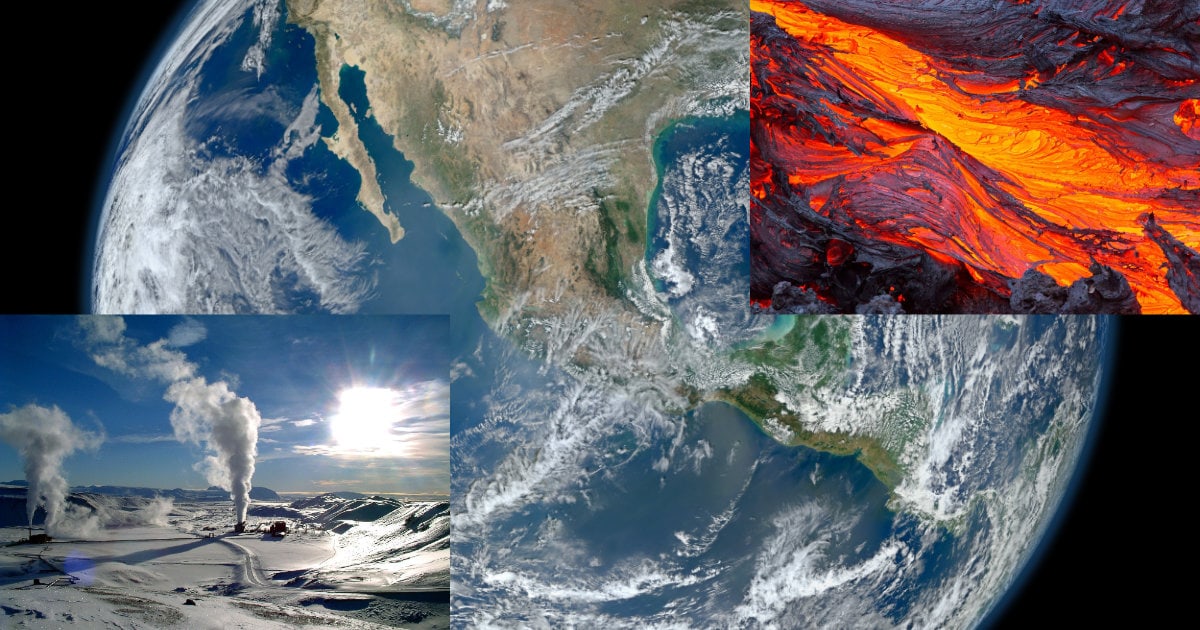Geothermal power, a promising renewable energy source, is harnessing the earth’s internal heat to produce electricity. As concerns about climate change escalate, and the world seeks alternatives to fossil fuels, understanding geothermal energy becomes increasingly important. This guide provides a comprehensive beginner’s introduction to geothermal power.
Table of Contents
Geothermal Energy Basics
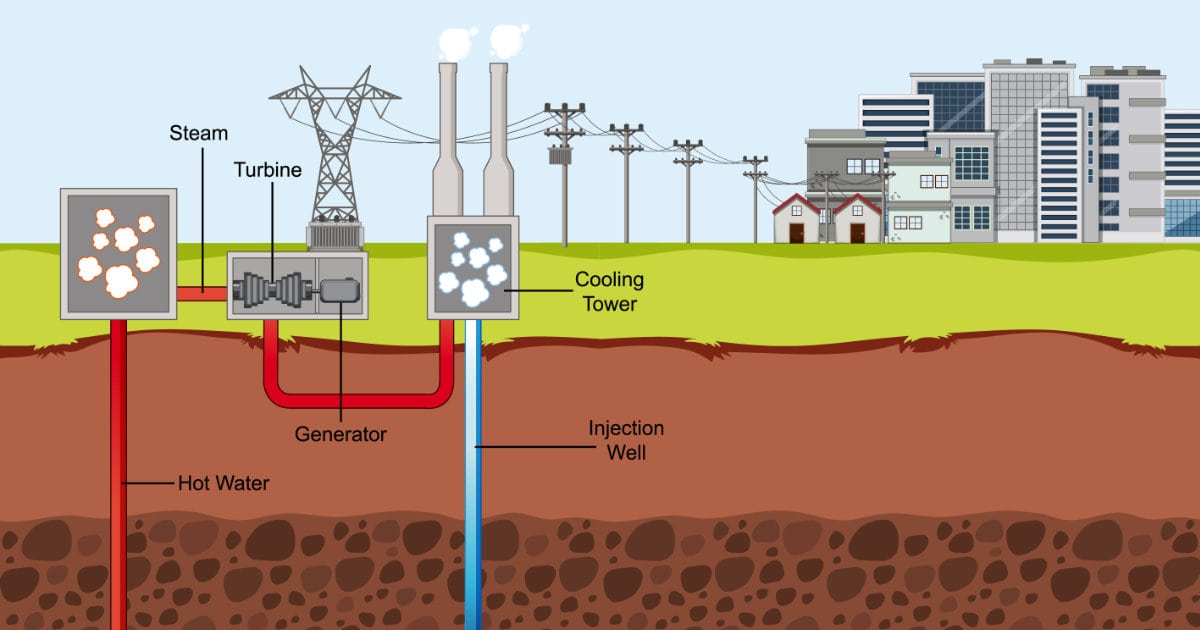
The earth’s core, a fiery sphere of molten rock, radiates heat upwards, warming the mantle, crust, and eventually, the earth’s surface. This process forms the basis for geothermal energy.
What is Geothermal Energy?
Derived from the Greek words ‘geo’ (earth) and ‘therme’ (heat), geothermal energy refers to the heat within the earth. It arises from several sources, including the original formation of the planet about 4.6 billion years ago, the decay of radioactive isotopes, and the high pressure at the earth’s core.
How is Geothermal Energy Generated?
Geothermal energy is harnessed by tapping into the earth’s natural heat sources, such as geysers, hot springs, and geothermal reservoirs. Man-made geothermal wells can also facilitate the extraction of this heat. This high-temperature heat, often manifested as steam, can spin turbines, generating electricity for residential and commercial use.
Types of Geothermal Power Plants

Three types of geothermal power plants—dry steam, flash steam, and binary cycle—convert geothermal energy into electricity.
Dry Steam Power Plants
Dry steam power plants, the oldest type, operate by directing naturally occurring steam from geothermal wells to spin turbines. The Geysers in Northern California, the world’s largest geothermal field, operates on this principle.
Flash Steam Power Plants
Flash steam plants are the most common type. They utilize high-pressure hot water from deep within the earth, converting it into steam by decreasing its pressure. This steam then drives the turbines.
Binary Cycle Power Plants
Binary cycle power plants, on the other hand, work on a slightly different principle. These plants transfer heat from geothermal water to a secondary fluid with a lower boiling point. The vaporized secondary fluid, not the geothermal water, spins the turbines.
Environmental Impact
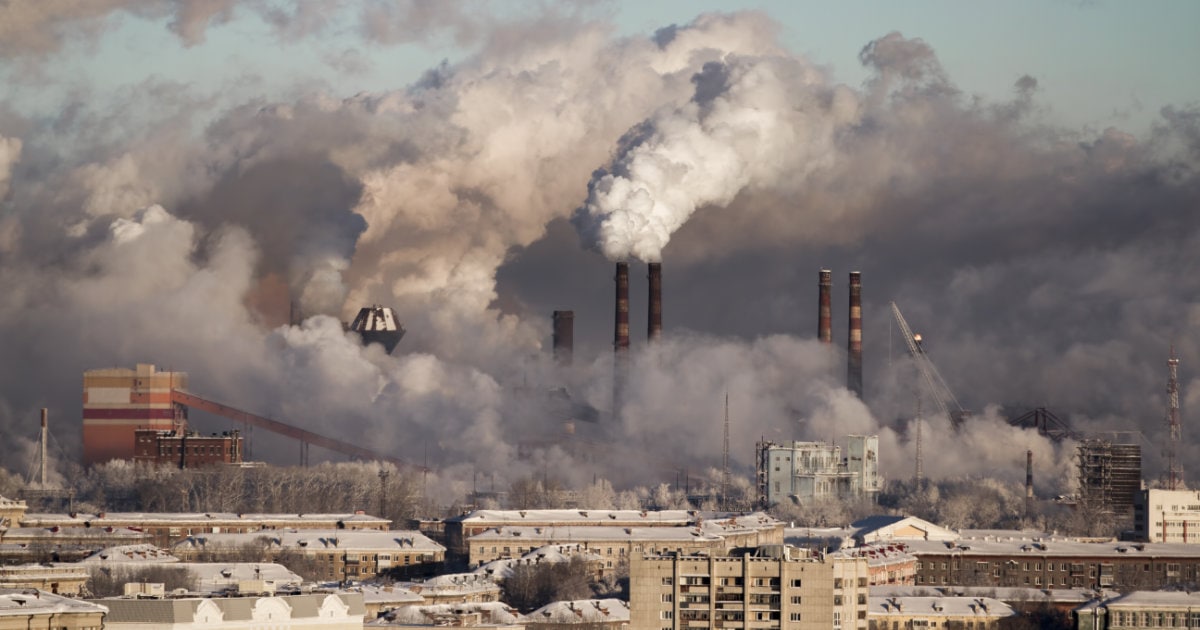
While all energy sources impact the environment, geothermal energy is one of the cleanest.
Positive Environmental Impacts
Compared to fossil fuels, geothermal energy emits significantly fewer greenhouse gases. It’s a renewable and sustainable energy source, with geothermal reservoirs naturally replenished over time.
Potential Negative Environmental Impacts
However, geothermal energy is not entirely devoid of environmental impacts. While rare, harmful gases can sometimes escape from deep within the earth. Geothermal power plants also require substantial land and water resources, potentially leading to land degradation and water contamination. Yet, technological advancements aim to mitigate these impacts.
Cost and Economic Factors

While the initial costs of establishing a geothermal power plant can be substantial, the long-term economic benefits are compelling.
Cost of Building a Geothermal Power Plant
The primary costs include exploration, drilling, and construction. But once established, geothermal power plants operate at low costs, with the heat supply virtually free.
Economic Comparison With Other Renewable Energy Sources
When compared with other renewable energy sources, such as solar, wind, and hydroelectric power, geothermal energy often presents a more constant and reliable supply. This consistency, coupled with low operational costs, makes geothermal energy a competitive renewable option.
Geographical Distribution
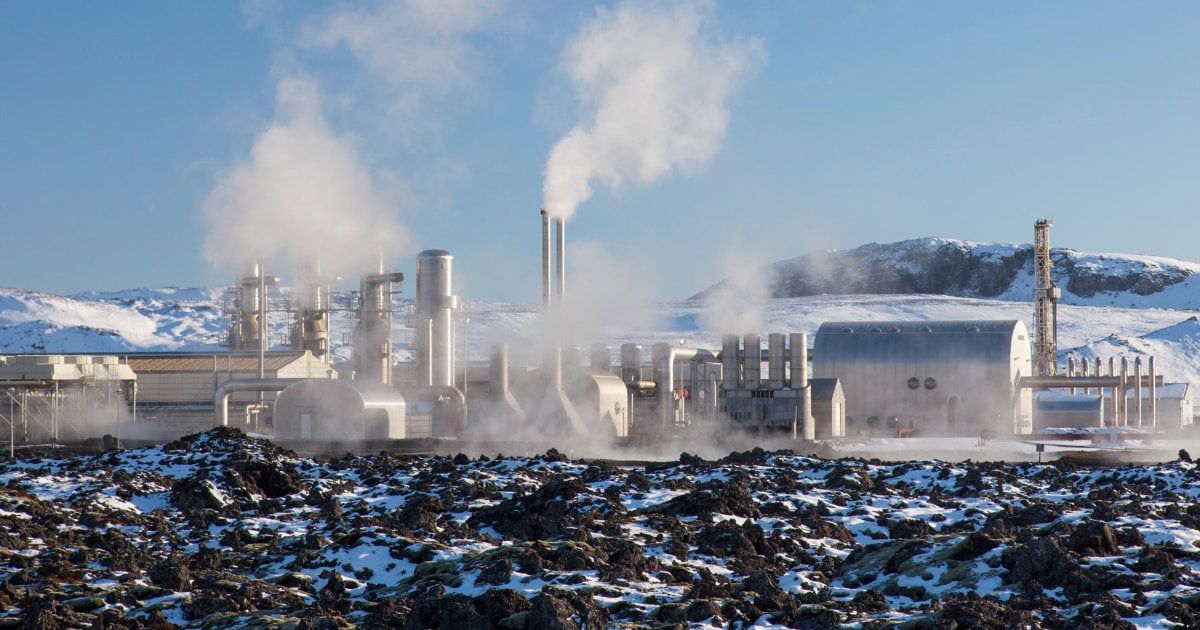
Geothermal energy is globally available, but certain regions with active tectonic activity are more suitable.
Geothermal Energy Hotspots Around the World
The Ring of Fire, stretching from the southern tip of South America, up along the coast of North America, across the Bering Strait, down through Japan, and into New Zealand, is notably rich in geothermal resources. Iceland is another geothermal hotspot, harnessing its abundant resources for heating and electricity.
Factors Affecting Geothermal Energy Distribution
Geological, economic, and infrastructural factors all impact the distribution of geothermal energy. Regions with active volcanic activity or tectonic movements have higher geothermal potential.
Domestic Geothermal Heat Pumps
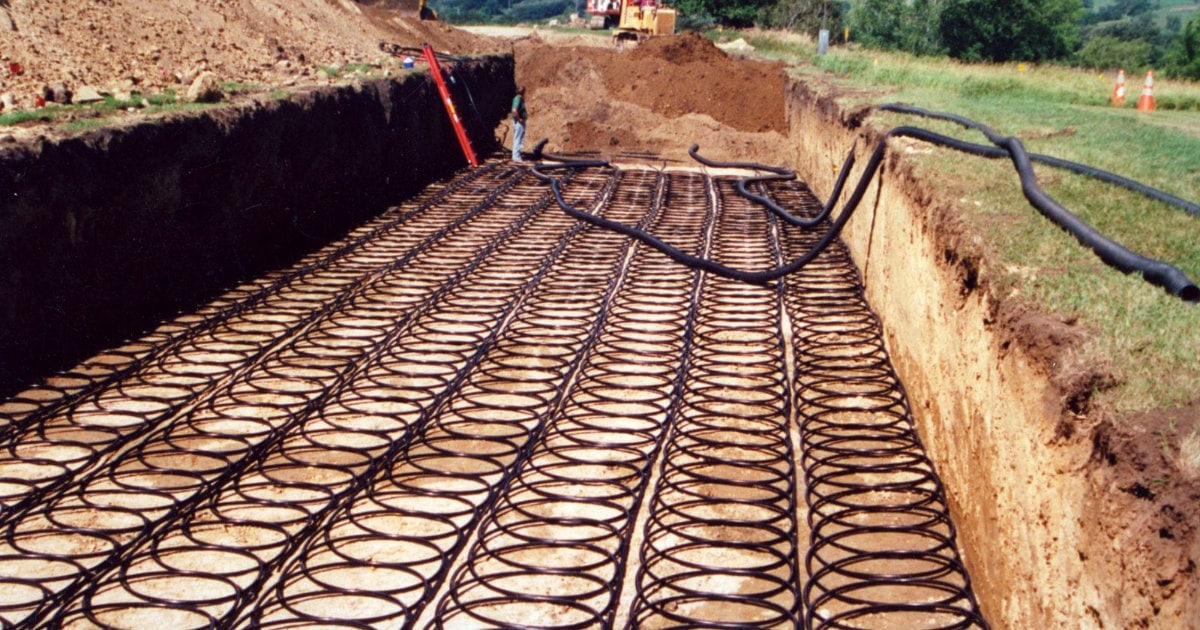
Besides electricity generation, geothermal energy can directly heat and cool homes through geothermal heat pumps.
How Geothermal Heat Pumps Work
These systems use the constant temperature of the ground just a few feet below the surface to heat or cool a home. They extract heat from the ground in winter and reverse the process in the summer.
Benefits of Geothermal Heat Pumps
Geothermal heat pumps are highly efficient and can lead to substantial energy savings over time. While the initial installation cost can be high, long-term savings make these systems an attractive choice for many homeowners.
Future of Geothermal Energy
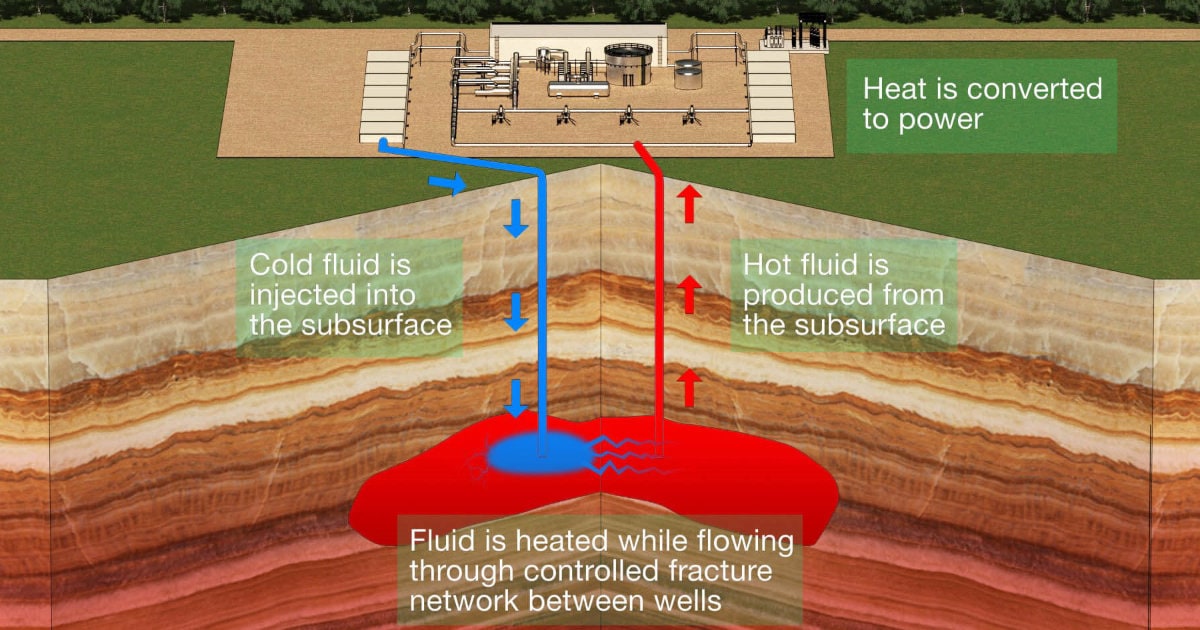
Geothermal energy technology continues to advance, presenting exciting future prospects.
Technological Advancements in Geothermal Energy
Enhanced Geothermal Systems (EGS) is a promising technology. It can create geothermal resources in areas lacking the water or heat necessary for traditional geothermal methods. Furthermore, co-production with oil and gas wells can utilize the waste water produced during their operation for geothermal energy extraction.
Future Prospects and Potential Developments
Geothermal energy’s potential far exceeds its current utilization. As the technology advances, more areas could become suitable for geothermal energy extraction, potentially meeting a significant portion of the world’s energy demand.
Policy and Regulatory Environment
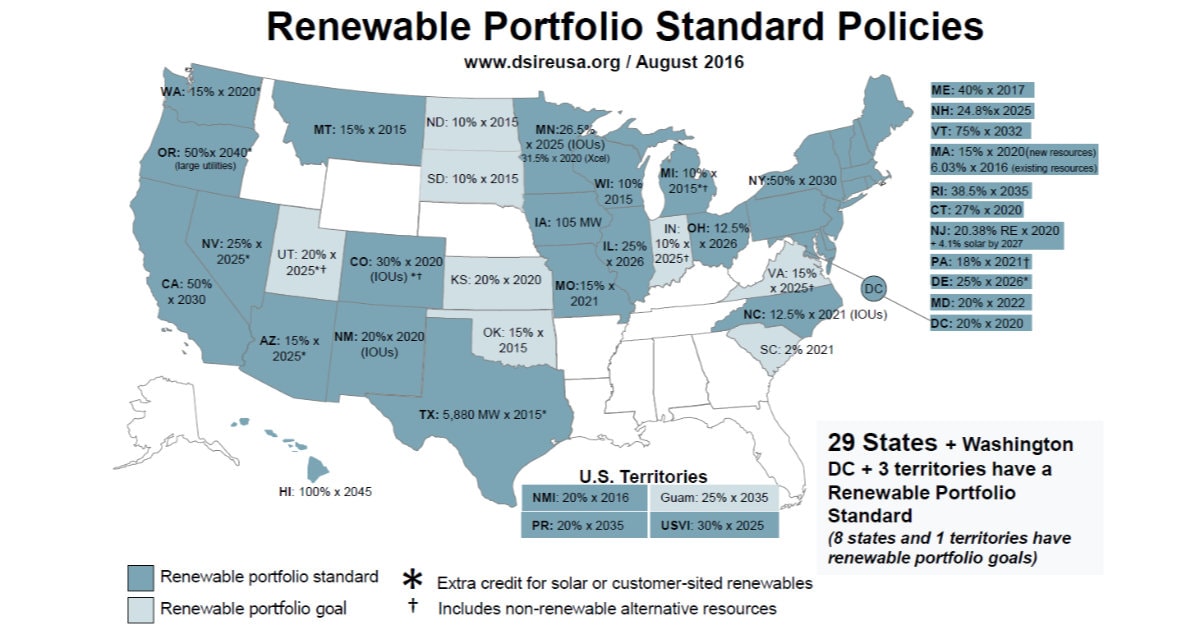
Government policies and regulations can significantly impact the geothermal industry.
Current Policies Affecting Geothermal Energy
Renewable Portfolio Standards (RPS) in several US states mandate that a certain portion of electricity must come from renewable sources, indirectly supporting geothermal energy. Additionally, some countries offer financial incentives for geothermal development.
Impact of Regulation on the Geothermal Industry
However, regulatory hurdles, like lengthy permitting processes, can impede geothermal development. Despite these challenges, policies promoting renewable energy continue to drive growth in the geothermal industry.
Challenges and Limitations
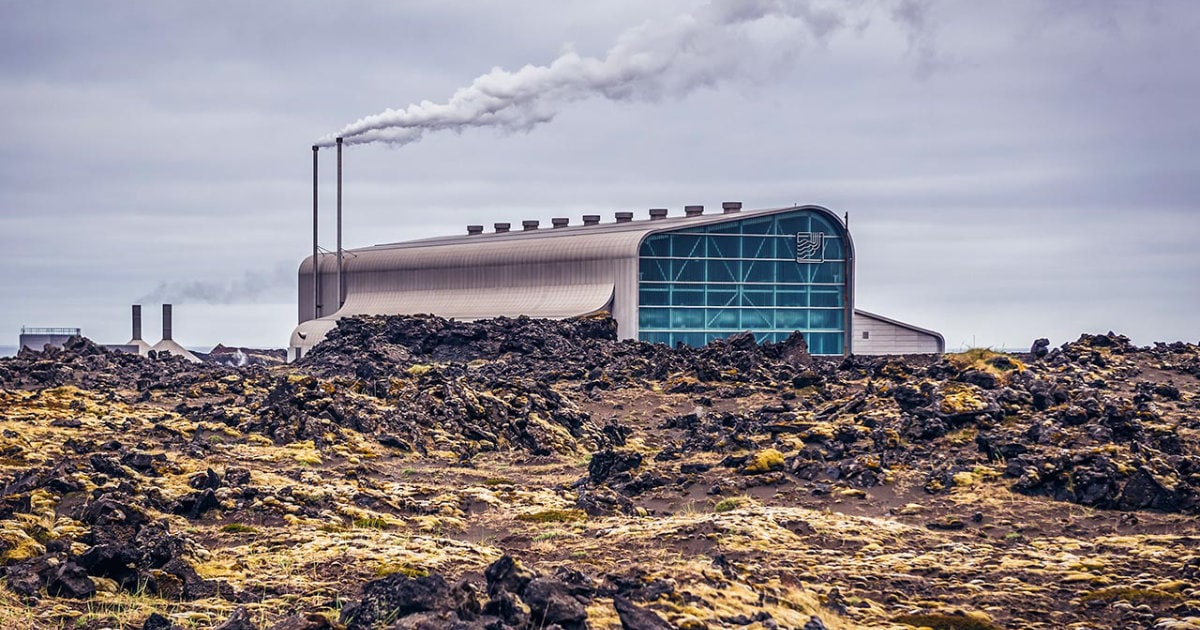
While promising, geothermal energy does face challenges and limitations. Technically, drilling deep into the earth is difficult and can risk triggering seismic activities. Economically, the high upfront costs can deter potential investors. Environmentally, there are concerns about water use and potential contamination. However, ongoing research and technology development aim to address these issues.
Geothermal Energy Is A Crucial Part Of Our Future Energy Mix
As our world seeks to transition from fossil fuels, geothermal energy presents an attractive, sustainable solution. This guide provides a basic understanding of geothermal power, but the exploration shouldn’t stop here. With its significant benefits and exciting potential, geothermal energy deserves our attention and investment, not just as an alternative, but as a crucial part of our future energy mix.
Frequently Asked Questions About Geothermal Power
Geothermal power is a form of renewable energy harnessed from the earth’s internal heat. This heat, emanating from the earth’s core, can be converted into electricity through various methods, most commonly through geothermal power plants. These plants use steam produced by the earth’s heat to turn turbines, which generate electricity. It is a sustainable and constant energy source, making it a valuable part of the renewable energy portfolio.
A geothermal power plant works by tapping into the earth’s heat, often in the form of steam or hot water reservoirs deep underground. There are three types of geothermal power plants: dry steam, flash steam, and binary cycle plants. Dry steam plants use steam directly from the earth to turn generators. Flash steam plants use high-pressure hot water from deep within the earth, converting it into steam by decreasing its pressure. Binary cycle power plants, on the other hand, use the heat from geothermal water to boil a secondary fluid, which spins the turbines.
Geothermal power is one of the most environmentally friendly energy sources available. It produces fewer emissions compared to conventional fossil fuels, and the heat extraction process has a minimal impact on the environment. However, it’s important to note that while it’s a cleaner energy source, there can be potential environmental impacts, such as land use and water usage issues. These impacts are relatively minor compared to those of fossil fuels and can often be mitigated with proper planning and technology.
The future of geothermal power is promising. Advancements in technology, like Enhanced Geothermal Systems (EGS) and co-production with oil and gas wells, are expanding the potential areas for geothermal energy extraction. Additionally, as the world seeks to reduce its dependence on fossil fuels and combat climate change, geothermal power presents an attractive, sustainable solution. However, realizing this potential will require ongoing research, investment, and supportive policy frameworks
Geothermal Power In The News
Coney Island Debuts First Geothermal Multi-Family Building in the City
Sources
DOE Geothermal Technologies Office: Website
National Renewable Energy Laboratory: Website
The Geysers Geothermal Complex: Website
U.S. Energy Information Administration: Website
U.S. Environmental Protection Agency: Website
